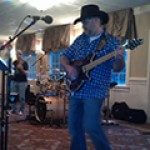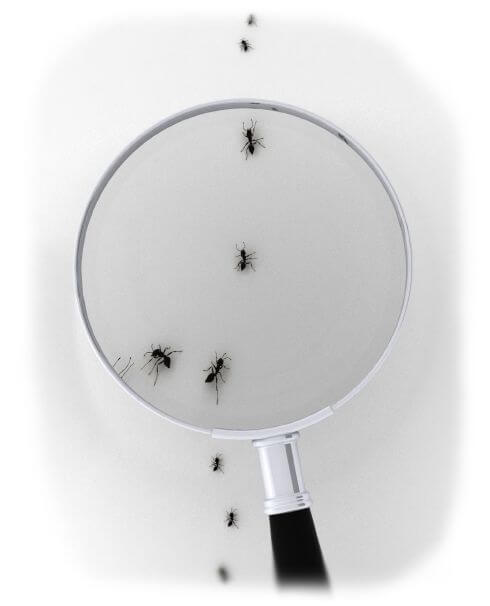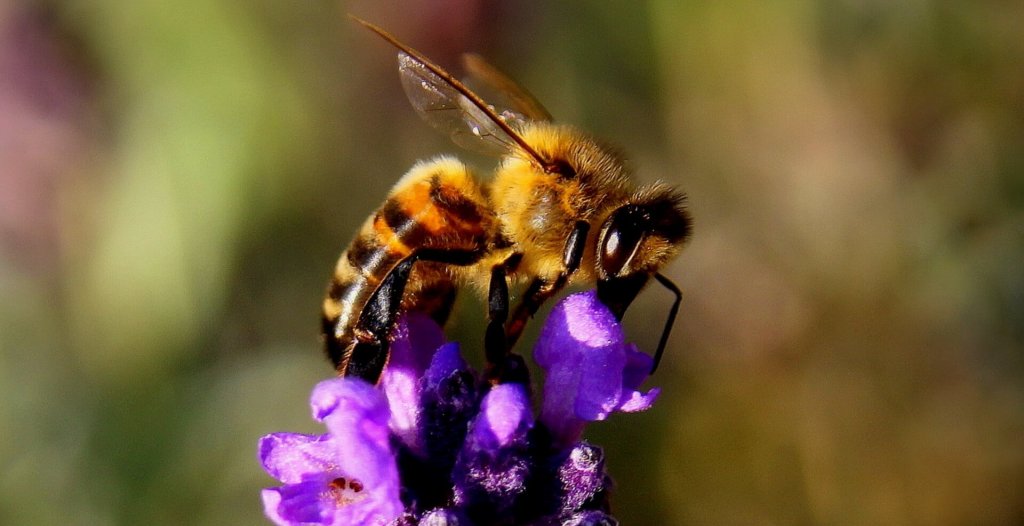(800) 670-8077
For Immediate Service, Call Now!
(800) 670-8077
why live with ants?
We have ant control down to a science!
- An expert technician performs a thorough inspection to identify ant trails, nests, and entry points.
- Targeted, outside-in treatment eliminates the colony at the source.
- Indoor applications are made with baits and low impact products to eliminate ants with minimal risk to occupants.
- Undetectable insecticides and specially formulated baits wipe out the entire colony, not just the foragers!
- Local service technicians in New Jersey, Pennsylvania, Delaware and Maryland
Most Common Species of Ants in PA, NJ, DE, and MD
There are more than 70 species of ants found in our region, many of which rarely bother people. These are just a few of the more common species our customers call us about. No matter what type of ant you’re dealing with, Tri-County’s expert technicians will identify it and come up with the right solution for you.
These ants love to nest in damaged wood, often taking up residence in old carpenter ant nests. This ant’s name comes from its ability to raise its abdomen over it head.
Six different carpenter ant species can be found in our service area. They like to make their home in previously compromised wood, not sound secure wood.
This is a harmless subterranean species. However, they swarm in mid to late summer and are often confused for termites. When crushed they emit a lemony odor.
Odorous house ants’ name and smell also go hand in hand. When crushed, this species smells likely rancid coconut. They are tough to eliminate with their small nests.
This is one of the most common household pests in our area. As their common name suggests, pavement ants are often found nesting under sidewalks, large rocks, and slabs.
When under threat, a pharaoh ant colony undergoes a process called “budding,” by which the colony splits into two or more separate colonies. Translation: don't try to DIY with these!
how we eliminate and prevent ants
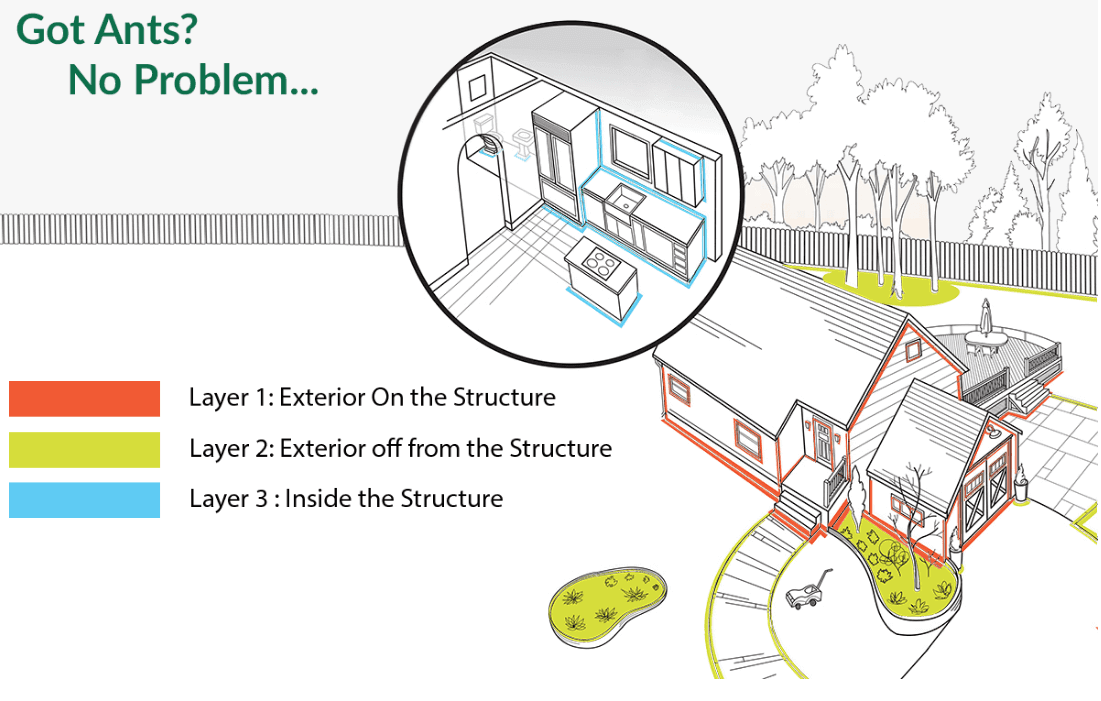
A Three Layered Approach: At the Source, the Entry Points and In Your Home.
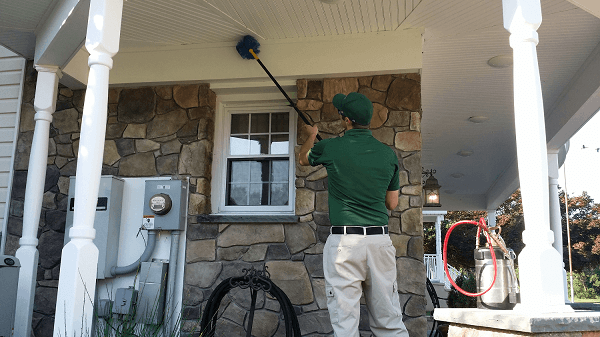
Layer 1: Exterior on the Structure
This layer creates a powerful first line of defense and serves as a base for the other layers of control. We will create a chemical barrier around the foundation of the structure as well as treat any possible ant ingress points like window frames, eves, and utility penetrations. This means that any ants trying to access the interior will first need to crawl through a treated zone. We carefully select non-repellent products to take advantage of the naturally social nature of any colonies. Instead of just killing the foraging ants, these products will be transferred back to the colony, thereby killing the queen and, in turn, causing the whole colony to collapse.
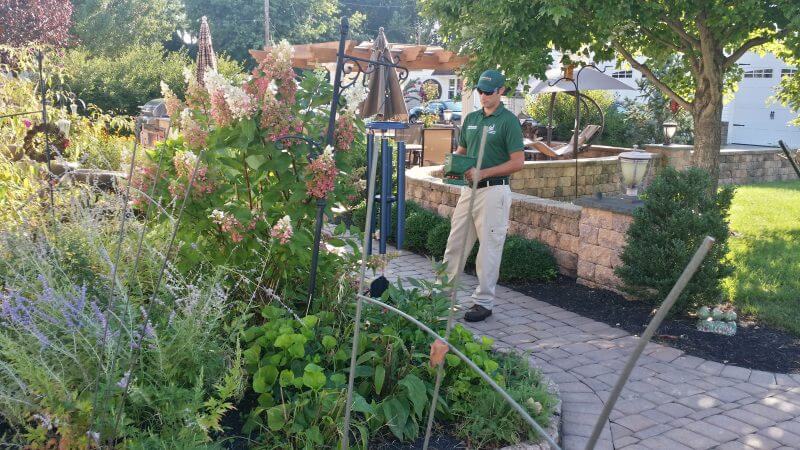
Layer 2: Exterior Surrounding the Structure
This treatment layer aims to reduce ant pressure in the environment around the structure. We carefully inspect the surrounding property for trailing ants or possible resource sites. By treating these areas, we can prevent new or existing colonies from becoming established too close to the structure. To accomplish this, we use a combination of targeted baits and residual insecticides. Baits take advantage of the food sharing behavior of ants -foraging ants will bring the bait back to the colony where it will be distributed throughout the nest. When treating resource sites such as mulch beds, leaf cover, and vegetation, we carefully select products that will not harm beneficial insects or non target wildlife.
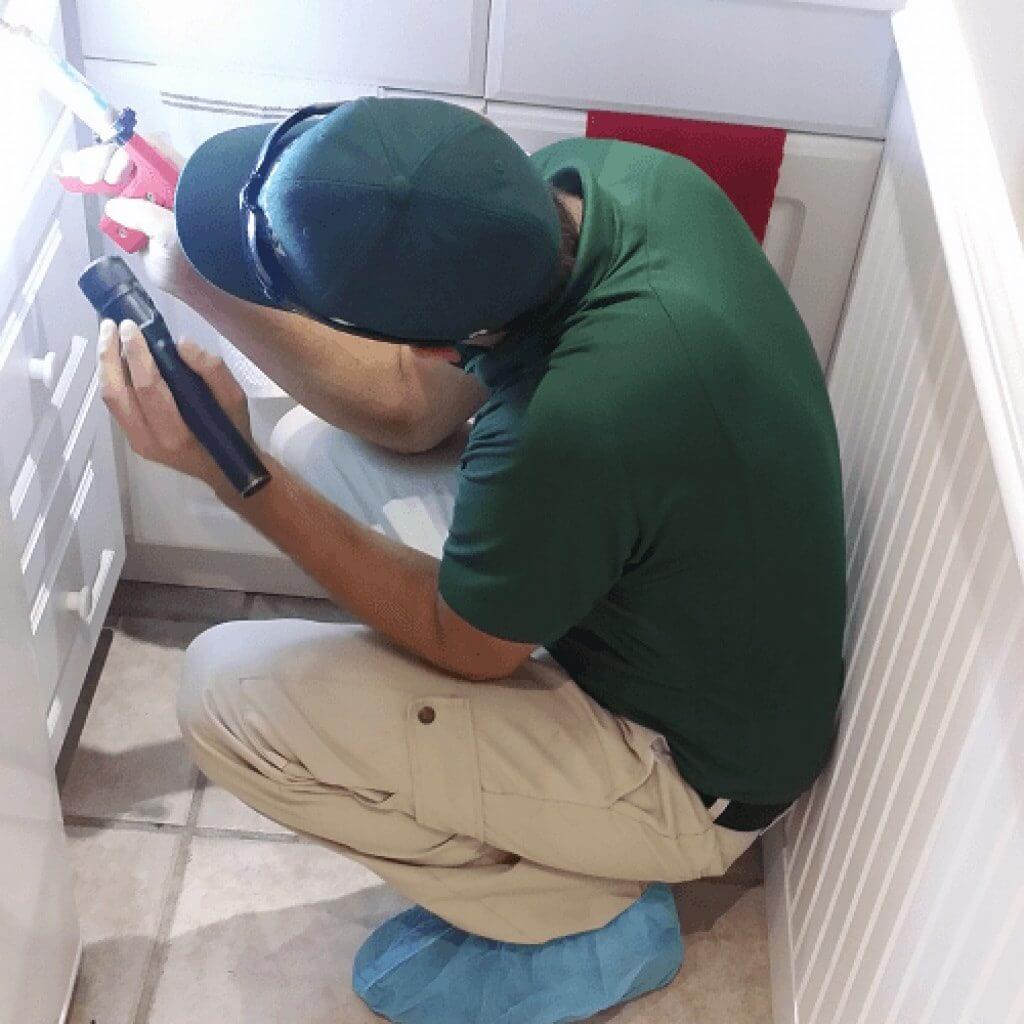
Layer 3: Inside the Structure
Often times, we will not be called until ants have already made their way inside the structure. In this case, we have a specialized approach to indoor ant control. First, we use a combination of baits and insecticides that are formulated and applied in such a way that minimizes any risk to occupants. Like in Layer 1, we also select non-repellent products so that ants aren’t “locked in” to the structure.
testimonials
coverage packages can include these pests and more
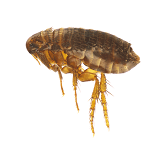
Fleas

Termites
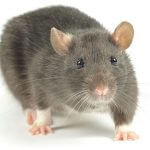
Rodents
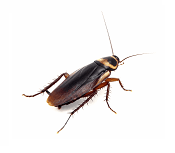
Cockroach
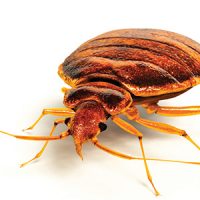
Bed Bugs
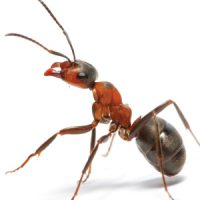
Ants
an inspection is the key to efficient treatment
When we first come out to treat for ants, we do a thorough inspection of your property. This is a vital step that will allow us to choose the precise products and methods that will be most effective at eliminating your ant problem. Some of the things your technician will be looking for in his inspection include:
- Identify the locations of heaviest ant activity
- Identify the species of ant
- Locate the nest(s) if possible
- Determine feeding patters
- Identify points of entry
- Identify conditions conducive to ants
- Identify sensitive areas
why getting rid of ants is so difficult
Ants are the most common pest complaint that we receive, and they are one of the most difficult pests to eliminate. Foragers are likely to enter your home in search of food, water, and other resources. When they find when they are looking for, they send signals back to the nest, and suddenly you have a full blown army!
Trying to eliminate ants with store bought chemicals is often a waste, as most ants will simply avoid them. Furthermore, for every ant you kill, there are many more to take its place. The colonies of some species of ants can grow into the hundreds of thousands or even millions.
Often, we get calls from distraught homeowners who have located and sprayed a nest, only to find that they are still having problems with ants. Certain species of ants will build multiple, distinct super-colonies or satellite nests, so expertise in ant identification, biology, and behavior is necessary to treat successfully.
Finally, ant species have a wide variety of food preferences, behaviors, and nesting areas. This means that effective treatment will often require a wide range of chemical formulations, active ingredients, and application methods.
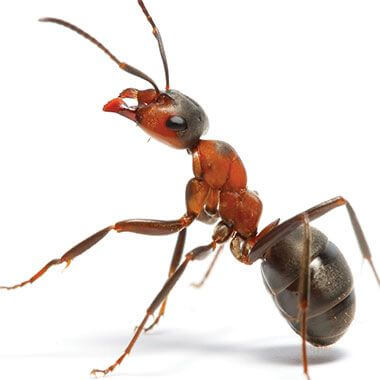
your health is our top concern

Although many people view ants as strictly a nuisance pest, certain species can have a big impact on human health and safety. Although ants are not particularly prolific disease vectors themselves, they often crawl through bacteria and other contaminants on their way into your house. This can lead to contamination of food and water. At best this can force your to throw items away, and at worse you or your family could become sick. Additionally, ants are closely related to wasps, and there are some species that can deliver a sting. This is especially dangerous for individuals with severe allergies to stinging insects.
When treating for ants, we will always make sure to put the health and safety of your family first. We choose the most targeted, least toxic treatments to minimize the risk of exposure to people, pets, and beneficial insects like honey bees. Tri-County is a Quality Pro and Green Pro certified company. This means we adhere to and exceed the strictest standards set out by the National Pest Management Association.




Proven Solutions
“It’s the service after the sale that counts” is more than just our company slogan. Our customers are happy to tell you: we won’t rest until your problem is solved!
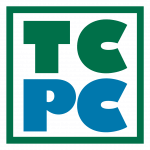
SOCIAL MEDIA LINKS
TRI-COUNTY PEST CONTROL, 2018
Pest Control in New Jersey, Pennsylvania, Delaware and Maryland.












